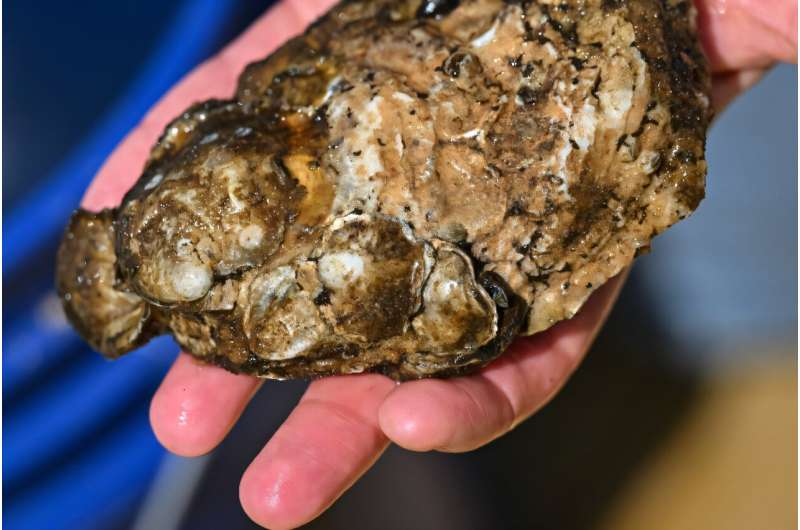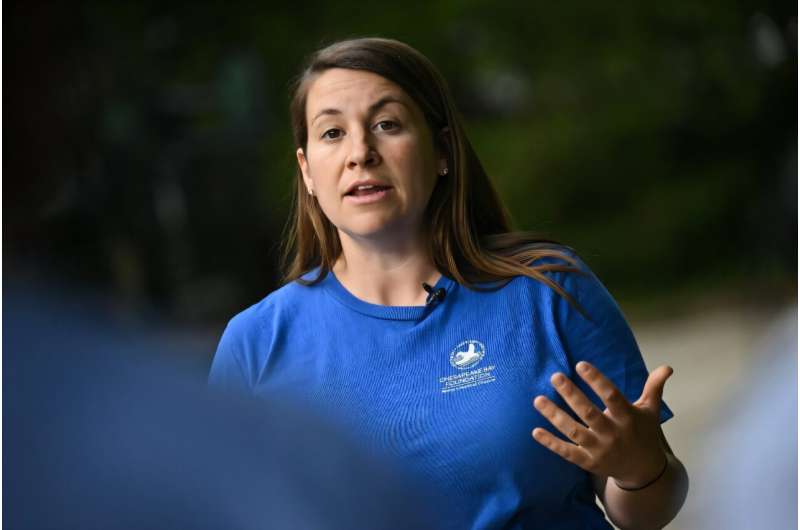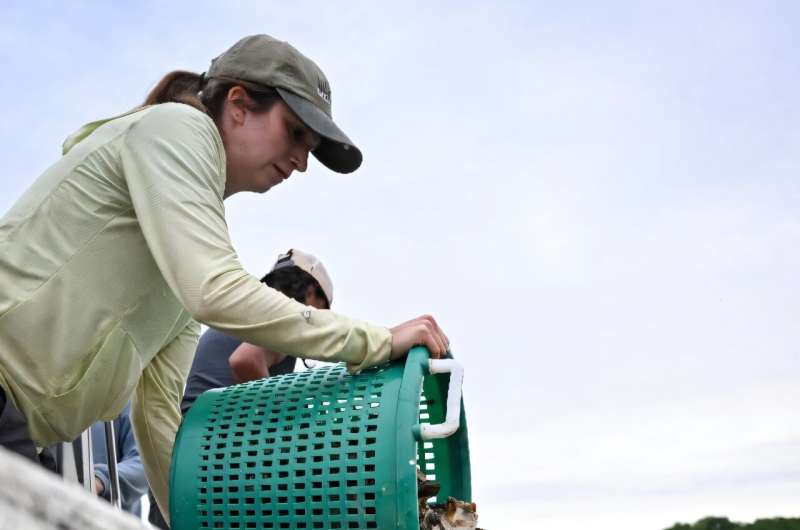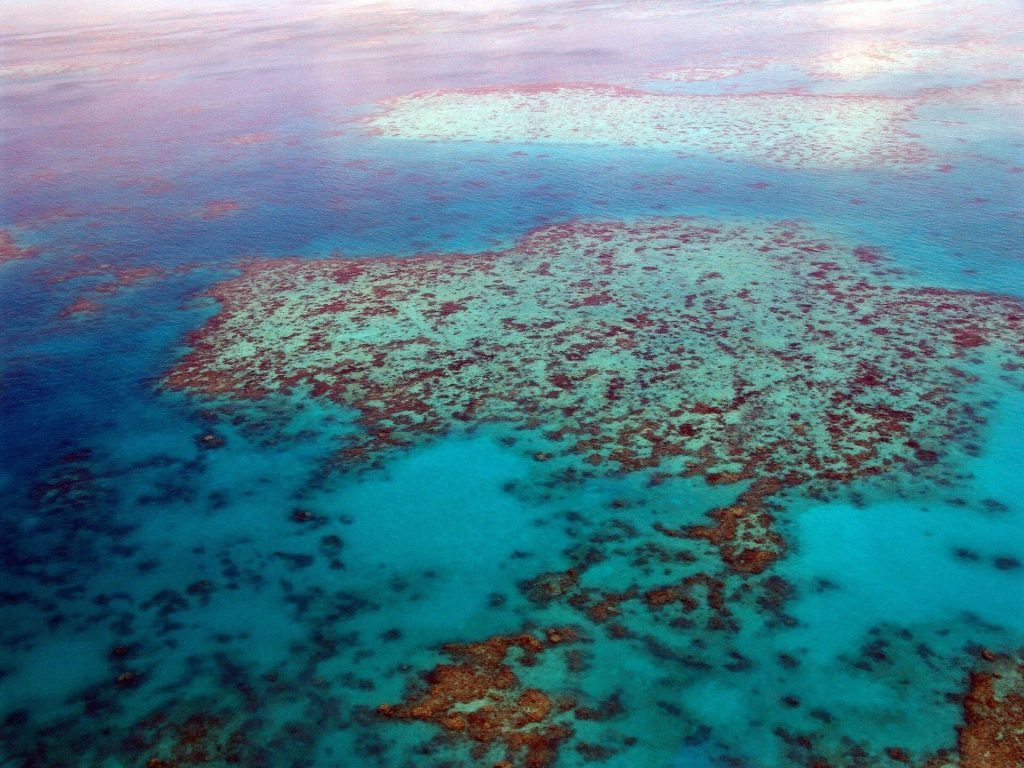Welcome to the wonderful world of oyster gardening! In this heartwarming story, we meet Kimberly Price, a devoted volunteer determined to bring these humble mollusks back to their rightful place in the Chesapeake Bay, where they can help heal our planet. Join us as we explore the tender care Kimberly gives to her “babies” and the bigger impact they have on restoring our vital ecosystems.

For many, oysters are simply a delicious treat, but they are also champions of water purification! Kimberly Price, at 53 years old, dedicates her time to nurturing thousands of these little creatures in her backyard until they’re ready to be released into the Chesapeake Bay. Here, they don’t just grow; they clean the water and contribute to combating climate change.
You might be surprised to learn that adult oysters have an amazing ability to filter water, processing an astonishing 50 gallons (or about 190 liters) each day! This natural filtering creates a healthier underwater environment, encouraging plant growth and providing a habitat for other marine life. Scientists suggest that these ecosystems can also help capture carbon dioxide from the atmosphere, making oysters true environmental superheroes.
However, the native oyster population in the Chesapeake Bay has dwindled to just one percent of its former glory, a decline caused by pollution, disease, and overharvesting. With this sobering reality in mind, volunteers like Kimberly are stepping up, working alongside the Chesapeake Bay Foundation (CBF) in a vital mission to restore these creatures to their natural home.

“We humans often create problems, so how can we fix them?” Kimberly mused, a housing consultant by trade. At her waterside home, she shares her space with playful ospreys overhead and tiny fish swimming below as she tends to her underwater garden. Suspended in the water are long mesh cages labeled “Not for sale or human consumption,” each one containing clusters of baby oysters growing on larger recycled shells.
Just last summer, these little mollusks were mere specks, larvae gifted to the CBF from specialized hatcheries and bonded to the shells. Now, they’re thriving thanks to Kimberly’s diligent care, which involves cleaning and scrubbing the cages every two weeks to keep them healthy.

‘We Can Get There’
The journey doesn’t stop here—there’s an ambitious goal set by the CBF and its partners to add 10 billion oysters back into the Chesapeake Bay by 2025. So far, about 6.7 billion have been planted, and CBF oyster expert Kellie Fiala reassures us that the population is heading in a positive direction. “We still have a ways to go, but together, we can achieve it,” she said with hope.
One major challenge is the scarcity of substrates—the hard surfaces oysters need to latch onto, as many shells have been taken away for construction projects. “People didn’t realize that those shells are crucial for breeding new oysters,” Fiala explained. To solve this issue, volunteers are creating “reef balls”—concrete structures designed to mimic natural oyster habitats.

This engaging initiative has room for everyone—from schoolchildren to seniors—to come together to help our environment. Kimberley’s efforts are a part of this community spirit. She excitedly prepared to return her precious oysters to the bay, a task she views as a celebration of hard work and hope.
Each volunteer brings their harvest to the CBF’s office, where they learn how many oysters they’ve nurtured. For Kimberly, it was a proud total of around 7,500! These oysters joined others on a small boat, ready to embark on their journey back to a sanctuary reef where fishing is prohibited.
In just a minute, 75,000 baby oysters splashed back into the water, each one a symbol of hope for a thriving ecosystem. With dedicated individuals like Kimberly and the incredible teamwork behind this initiative, the future of oysters in the Chesapeake Bay shines brighter than ever!
© 2025 AFP
If you would like to see similar science posts like this, click here & share this article with your friends!



